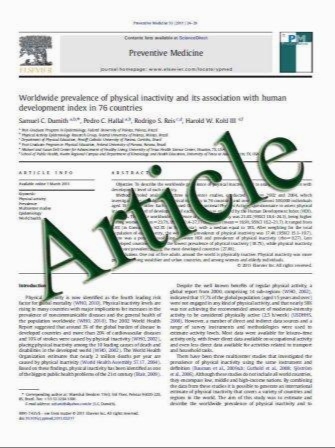Pulsed radiofrequency treatment in interventional pain management: mechanisms and potential indications—a review
- نوع فایل : کتاب
- زبان : انگلیسی
- مؤلف : Nicholas H. L. Chua , Kris C. Vissers , Menno E. Sluijter
- چاپ و سال / کشور: 2011
Description
Background The objective of this review is to evaluate the efficacy of Pulsed Radiofrequency (PRF) treatment in chronic pain management in randomized clinical trials (RCTs) and well-designed observational studies. The physics, mechanisms of action, and biological effects are discussed to provide the scientific basis for this promising modality. Methods We systematically searched for clinical studies on PRF. We searched the MEDLINE (PubMed) and EMBASE database, using the free text terms: pulsed radiofrequency, radio frequency, radiation, isothermal radiofrequency, and combination of these. We classified the information in two tables, one focusing only on RCTs, and another, containing prospective studies. Date of last electronic search was 30 May 2010. The methodological quality of the presented reports was scored using the original criteria proposed by Jadad et al. Findings We found six RCTs that evaluated the efficacy of PRF, one against corticosteroid injection, one against sham intervention, and the rest against conventional RF thermocoagulation. Two trials were conducted in patients with lower back pain due to lumbar zygapophyseal joint pain, one in cervical radicular pain, one in lumbosacral radicular pain, one in trigeminal neuralgia, and another in chronic shoulder pain. Conclusion From the available evidence, the use of PRF to the dorsal root ganglion in cervical radicular pain is compelling. With regards to its lumbosacral counterpart, the use of PRF cannot be similarly advocated in view of the methodological quality of the included study. PRF application to the supracapular nerve was found to be as efficacious as intra-articular corticosteroid in patients with chronic shoulder pain. The use of PRF in lumbar facet arthropathy and trigeminal neuralgia was found to be less effective than conventional RF thermocoagulation techniques.
Acta Neurochir (2011) 153:763–771 DOI 10.1007/s00701-010-0881-5


